This is the best foldable phone concept we've seen so far
Less foldable, more rollable

Foldable phones are here. You can buy several of them right now, and there any many more in the works, behind the scenes at a number of global handset manufacturers.
While we've seen a number of patents, fan-made renders and concept form factors, only a handful of foldable handsets have made it to market so far. However, we've been able to get our hands on devices from a scrappy phone manufacturer which could well mold the future of flexible smartphones.
TCL is behind a trio of foldable concepts we were shown in a conceptual preview, with its most 'normal' design being one we saw for the first time in October 2019, and sees a single, flexible display built into a handset which folds in half like a book - but at a theorized pricetag that's far lower than elaborate flagship foldables like the Samsung Galaxy Fold.
We're going to skip past that one, as we've already given you a look at it, and focus instead on the two other concepts, which are arguably far more interesting to the future of the foldable phone format.
It's not just these three devices TCL has in works though. In fact, the firm has more than three dozen concept foldables that's it's currently toying with, and it's in the process of working out which are meaningful to consumers, and what problems the designs could solve.
As is likely for many manufacturers at the moment, TCL is still working out whether foldable phones are worthwhile, or more of a novelty item. TCL hasn't released any pricing or availability for its new designs, so we'll have to wait and see how they'll end up in the phones of the future.
Foldable phones you can buy:
Get daily insight, inspiration and deals in your inbox
Sign up for breaking news, reviews, opinion, top tech deals, and more.
The best foldable phone we've seen so far
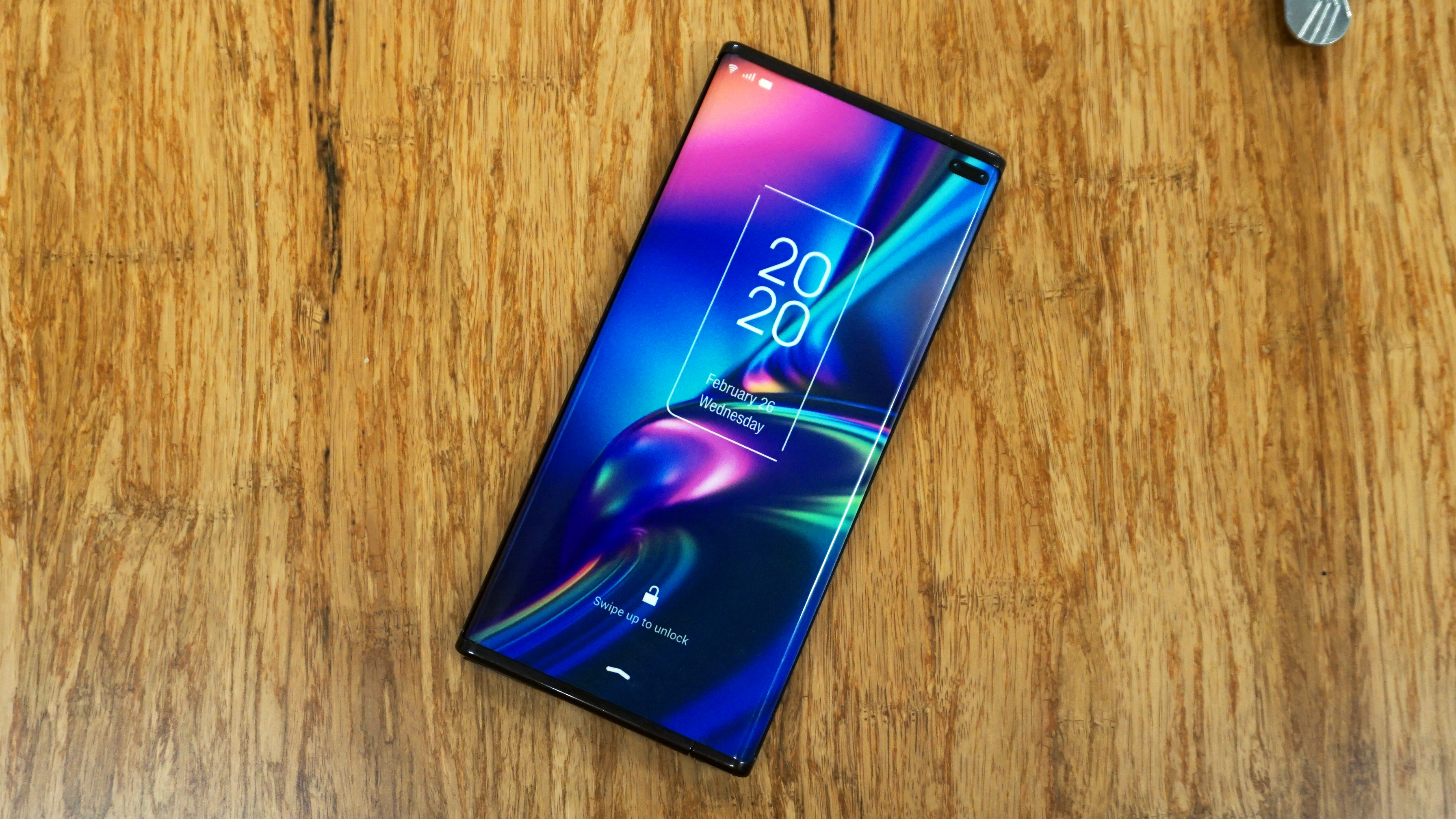
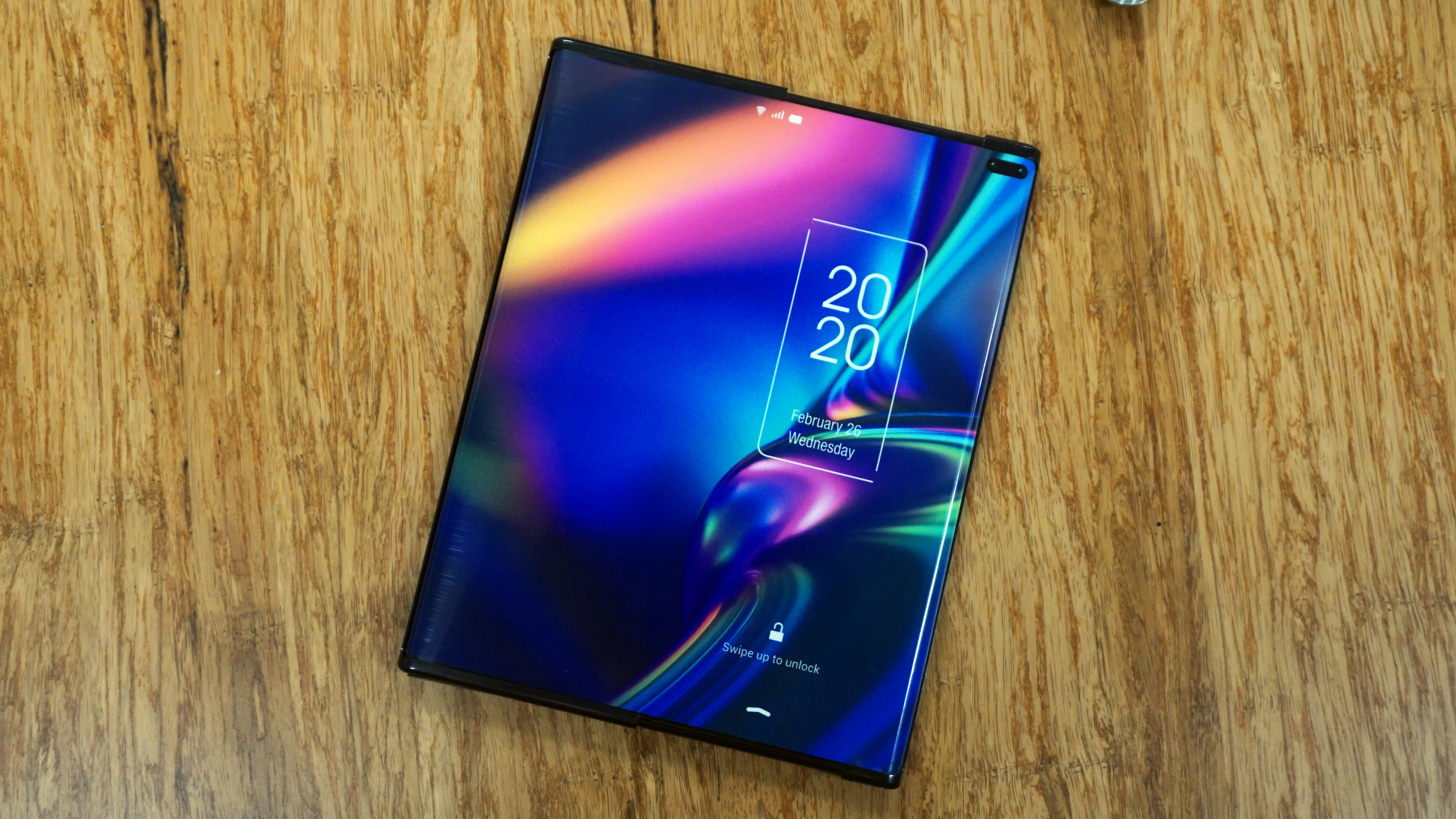

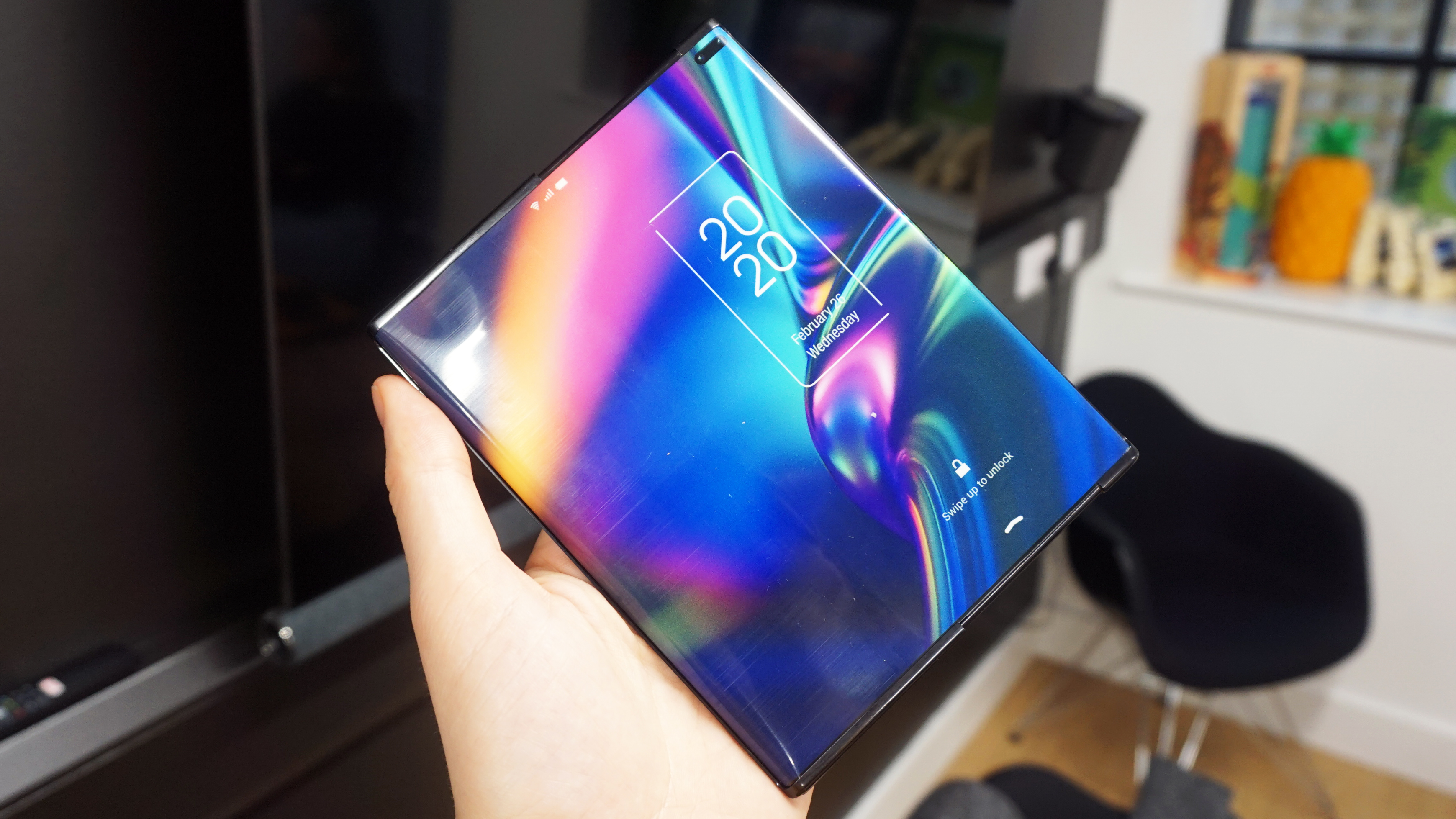
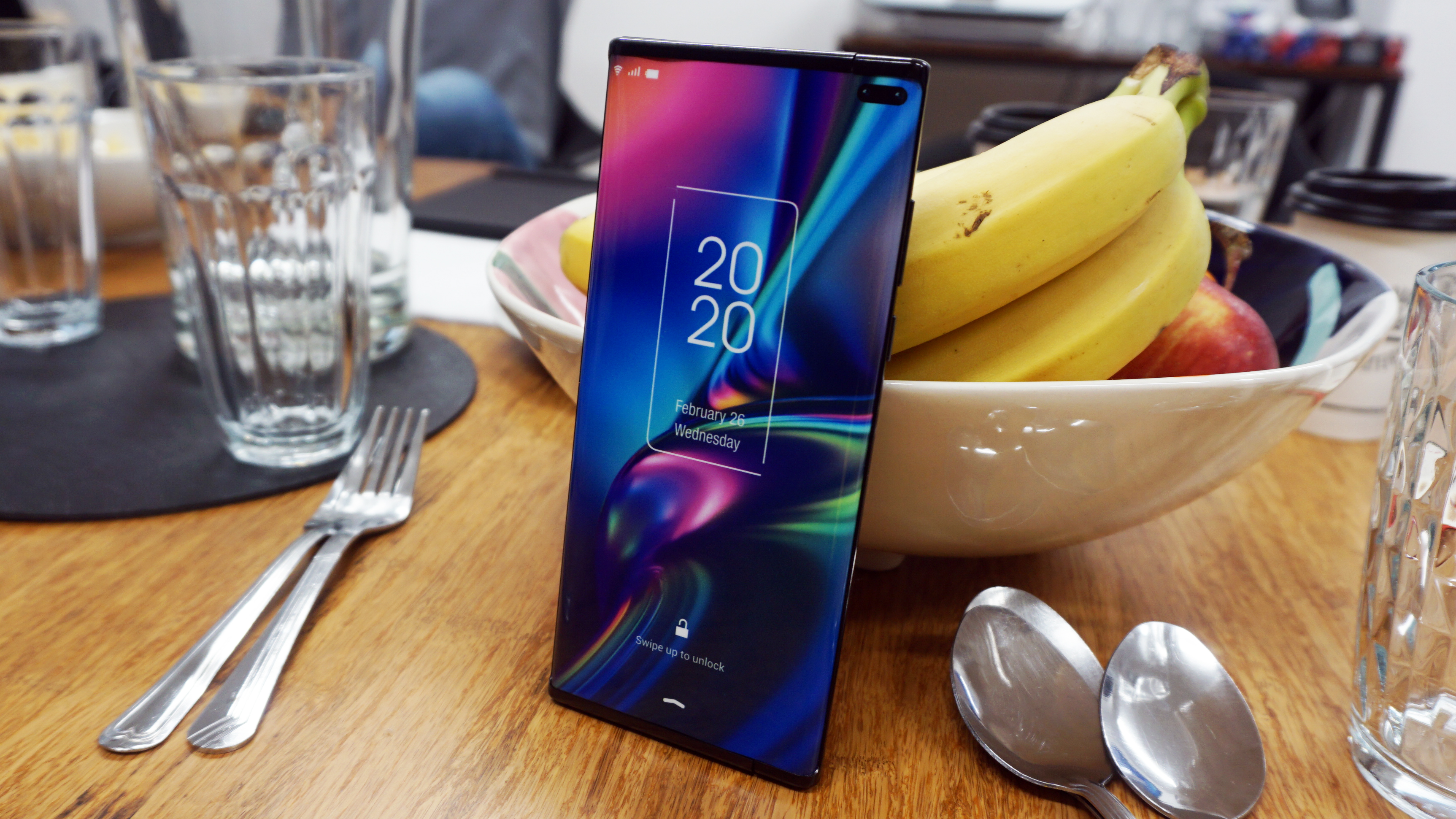

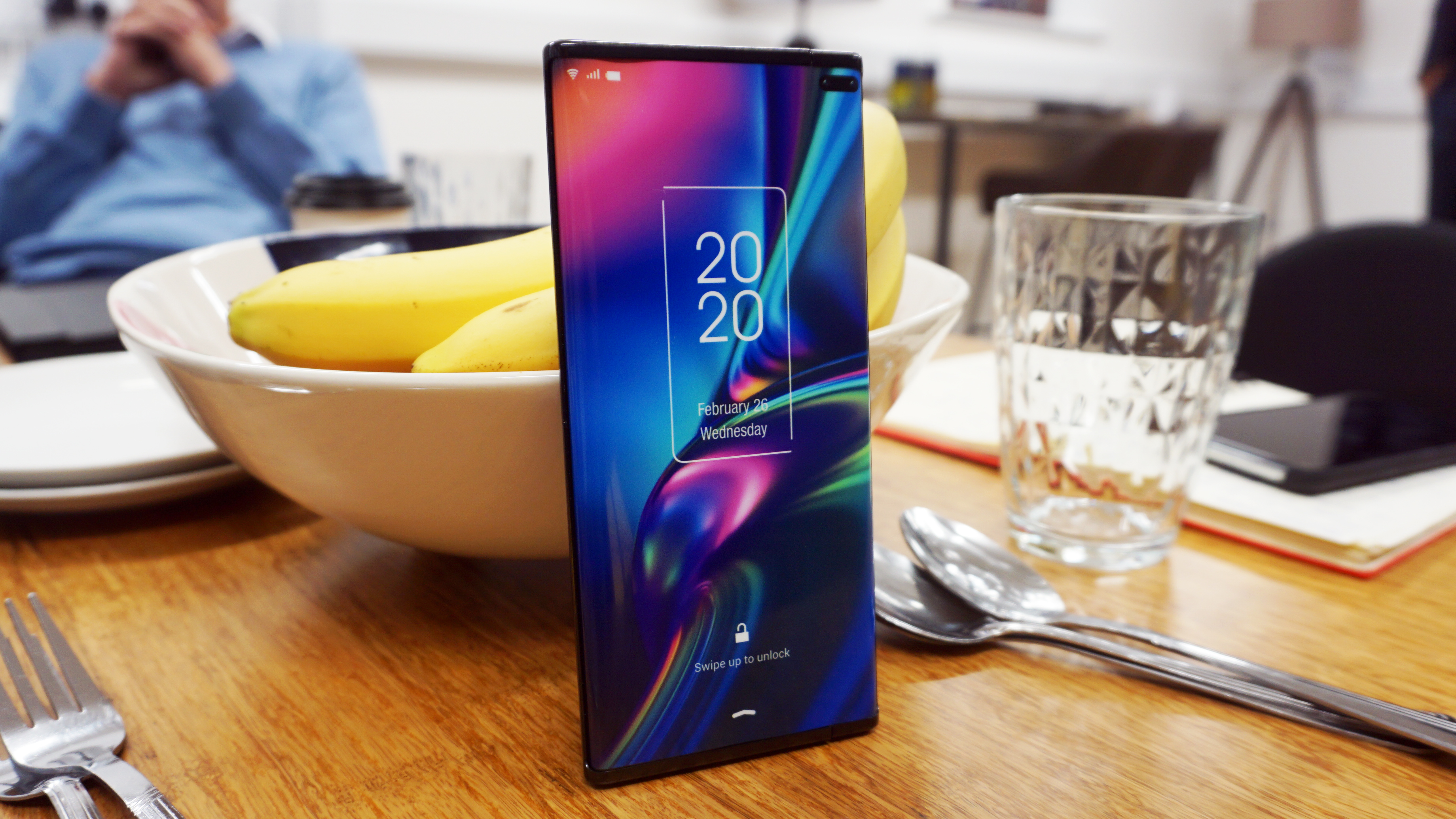
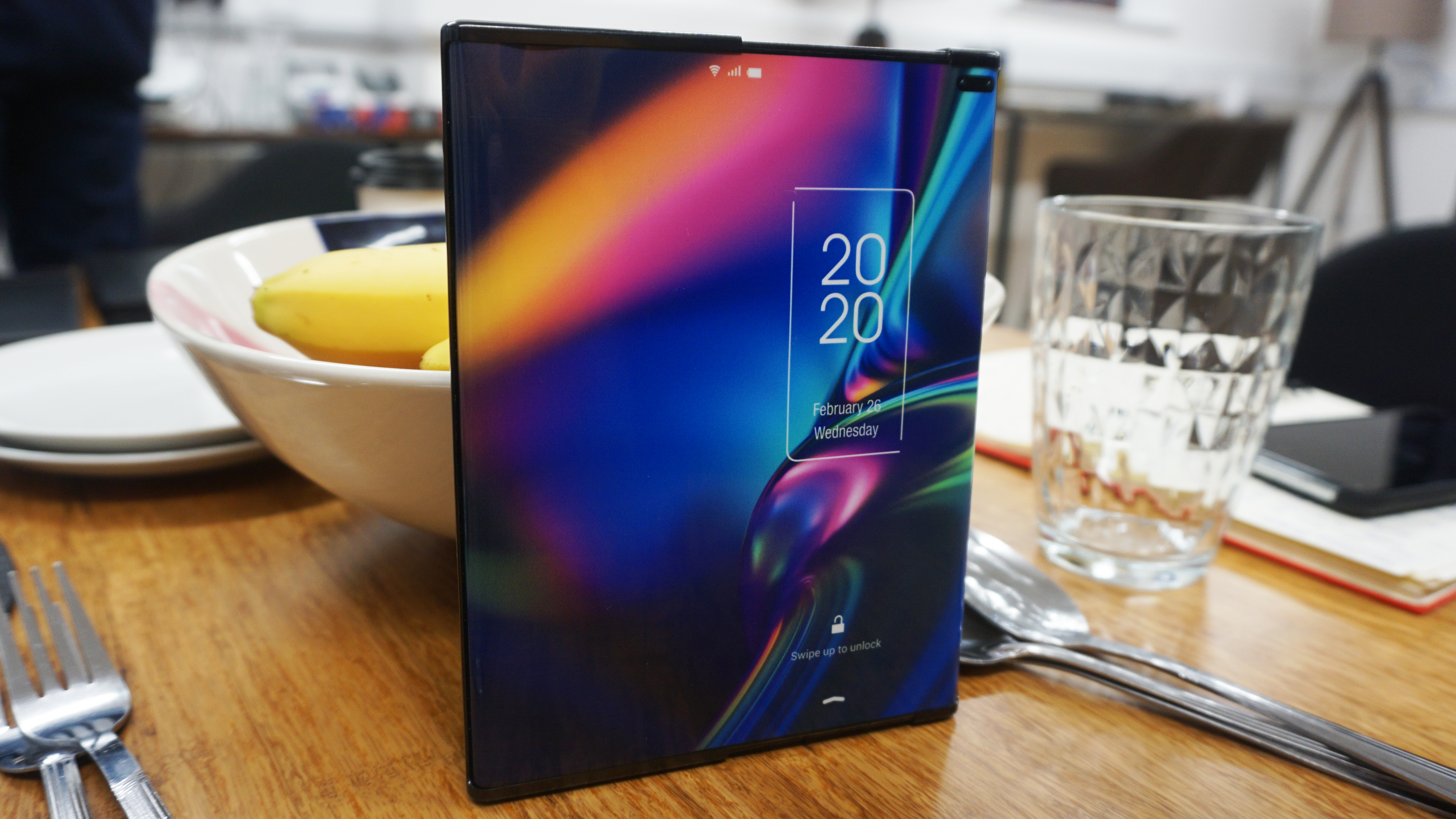

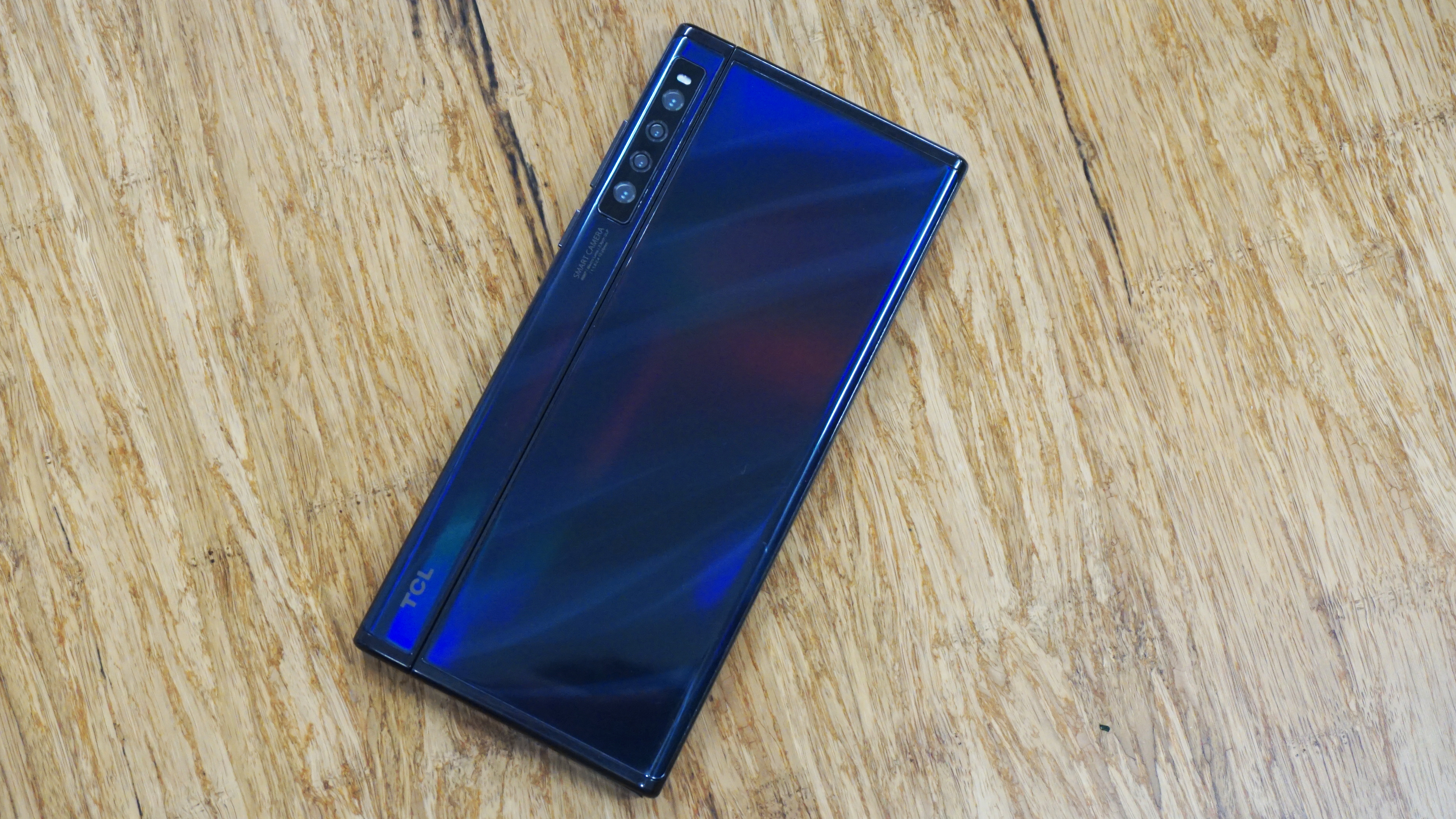
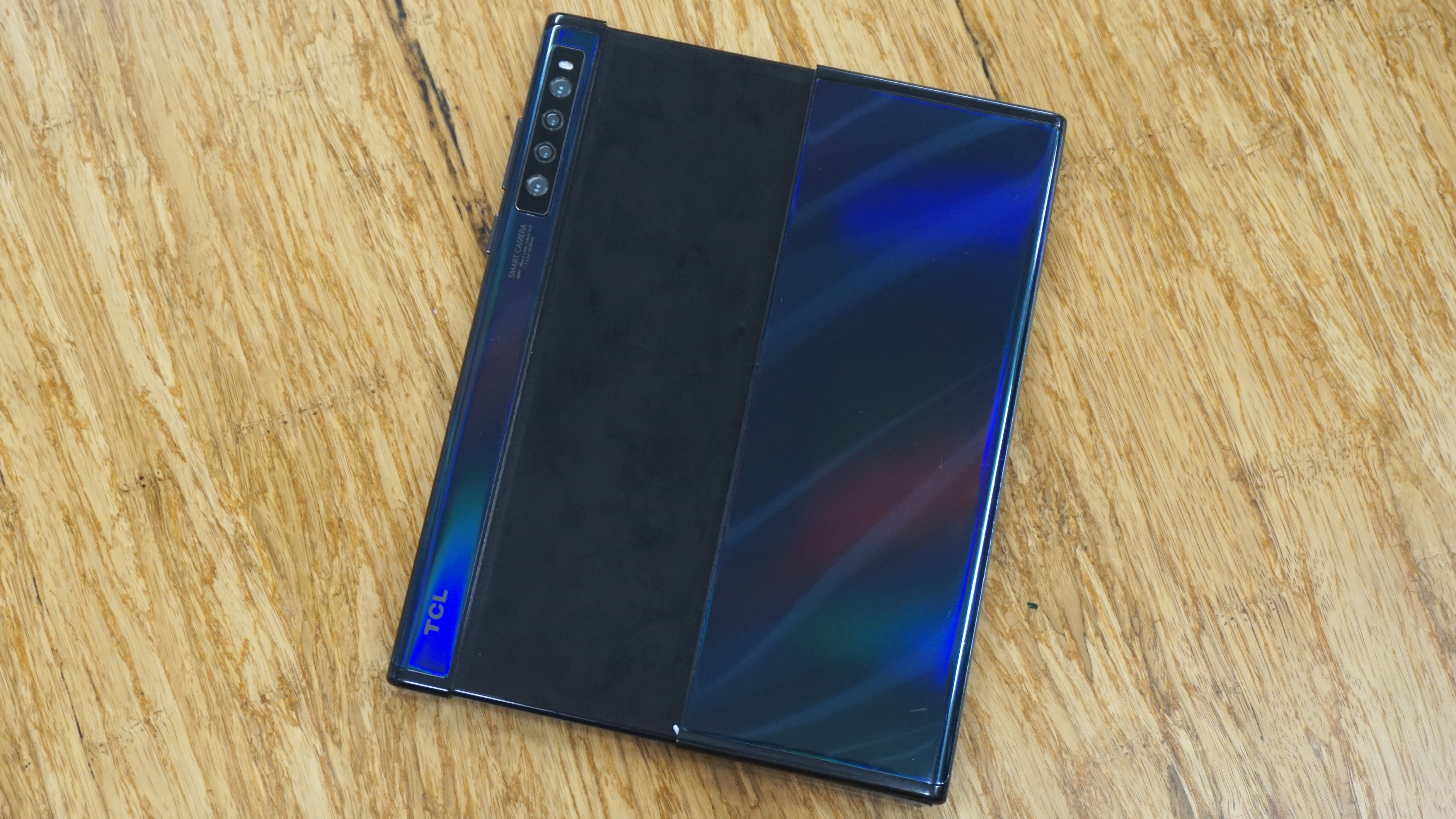
As you can see if you flip through the gallery above, this TCL foldable phone concept is unlike anything we've seen before.
While the likes of the Samsung Galaxy Fold, Galaxy Z Flip, Motorola Razr and Huawei Mate XS all have a folding display on a hinge, this concept offers up something rather different.
Instead of a folding display, this TCL concept phone has a pull-out, rollable screen, allowing you to significantly increase the real estate of the device, expanding from a 6.75-inch smartphone display to a 7.8-inch tablet screen.
To be totally clear, the concept model we got hands on with wasn't a fully working device. The 'screen' you see in our pictures is just a piece of plastic with the wallpaper printed on it, but the mechanism to extend the screen did work - albeit in a basic way that won't reflect how the phone will feel when it's finished.
Pick the model phone up and you wouldn't necessarily realize this handset had anything particularly special about it. It's only a touch thicker (9mm) than most flagship handsets these days, and at first glance you'd be forgiven for not coming back for a second look.
However, a gentle tug on the right side of the handset and the device slides out, bringing the screen with it. As you pull, the screen extends, rolling out of the frame of the device as it goes - though the end design might extend automatically.

It's a design which makes a lot of sense in terms of practicality, allowing you to easily switch between the smaller and larger display sizes without have to bend, twist or fold the handset.
TCL says it has a working version in its R&D facility, and on that handset the extending display mechanism is motorized, like the gear-driven pop-up selfie camera in the OnePlus 7 Pro and OnePlus 7T Pro. You likely won't physically pull out the display - instead, you'll either press a button or make a multi-finger 'swipe' gesture across the screen to trigger its expansion. Again, this is all subject to change, but it's an exciting idea TCL is building on.
As there's no hinge or central 'fold' (the excess screen curves around the perimeter of the handset, inside the frame), this particular form factor shouldn't suffer from the display crease we've seen on all foldable phones to date.
The working concepts TCL has of this particular form factor also boasts a 5,000mAh battery and four rear cameras, aligned vertically on the rear panel , looking a lot like the camera strip on the Huawei Mate Xs.
There are some question marks over this design, however. First up, there's no word on when we may see this form factor hit the market - if ever - and then there's the question of durability.
The motion of having the screen slide in and out of the body of the phone, along an extending part of the handset, doesn't feel like the most durable solution.
We'd worry about the screen getting snagged as it rolled in/out, or the extending part of the handset being easily broken as it's unlikely to have the same structural integrity as a standard phone.
One phone, two hinges
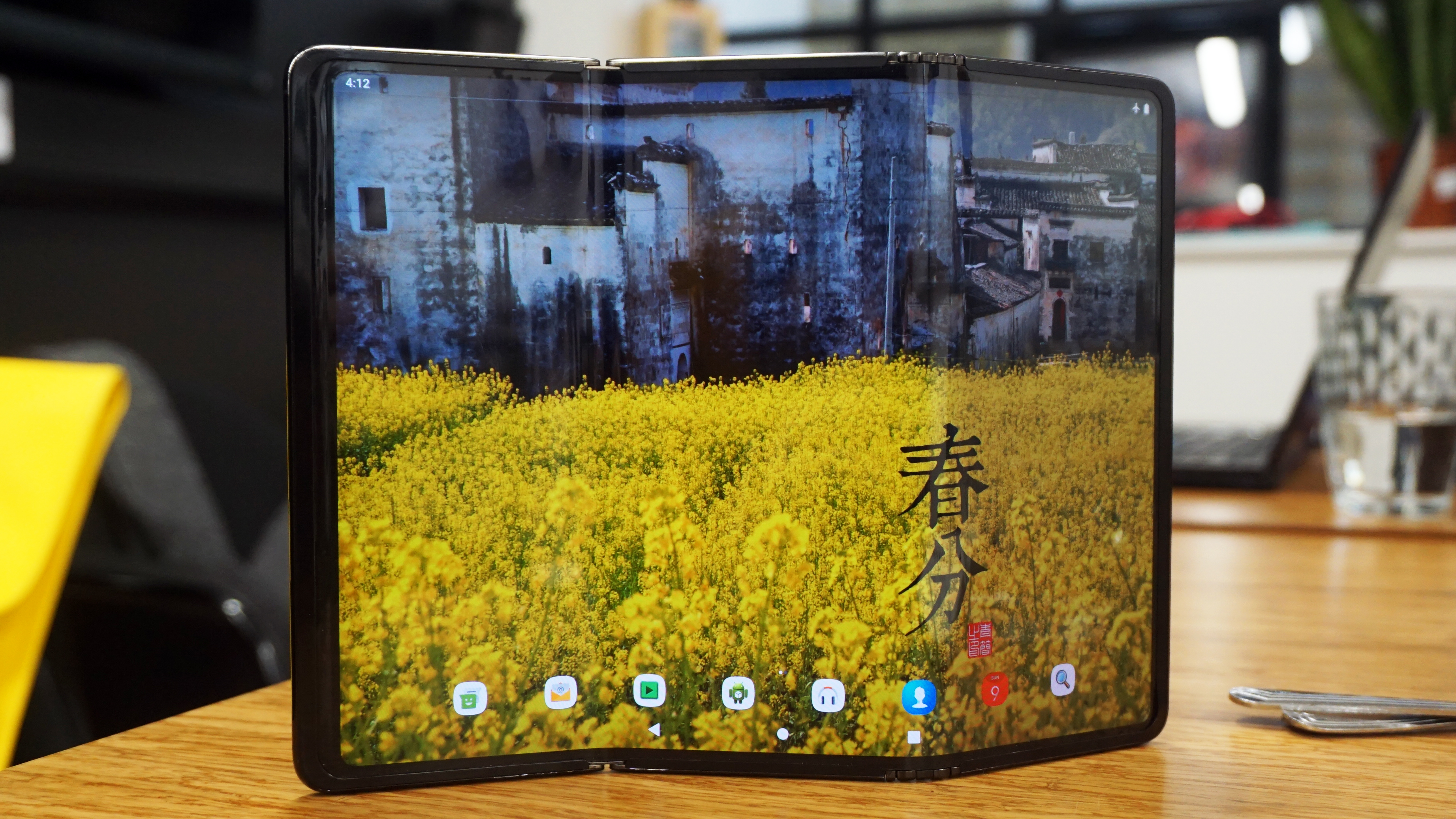
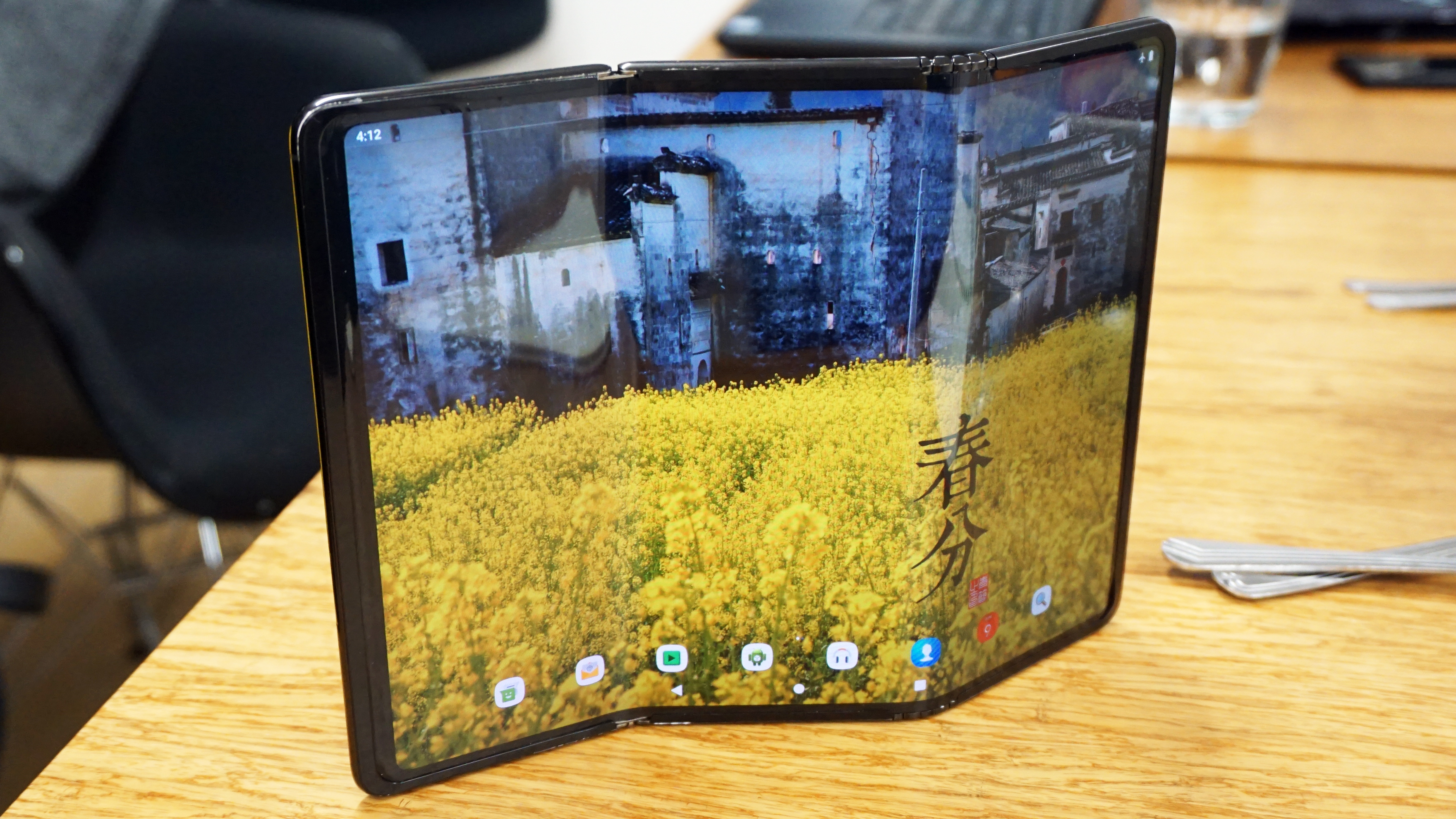
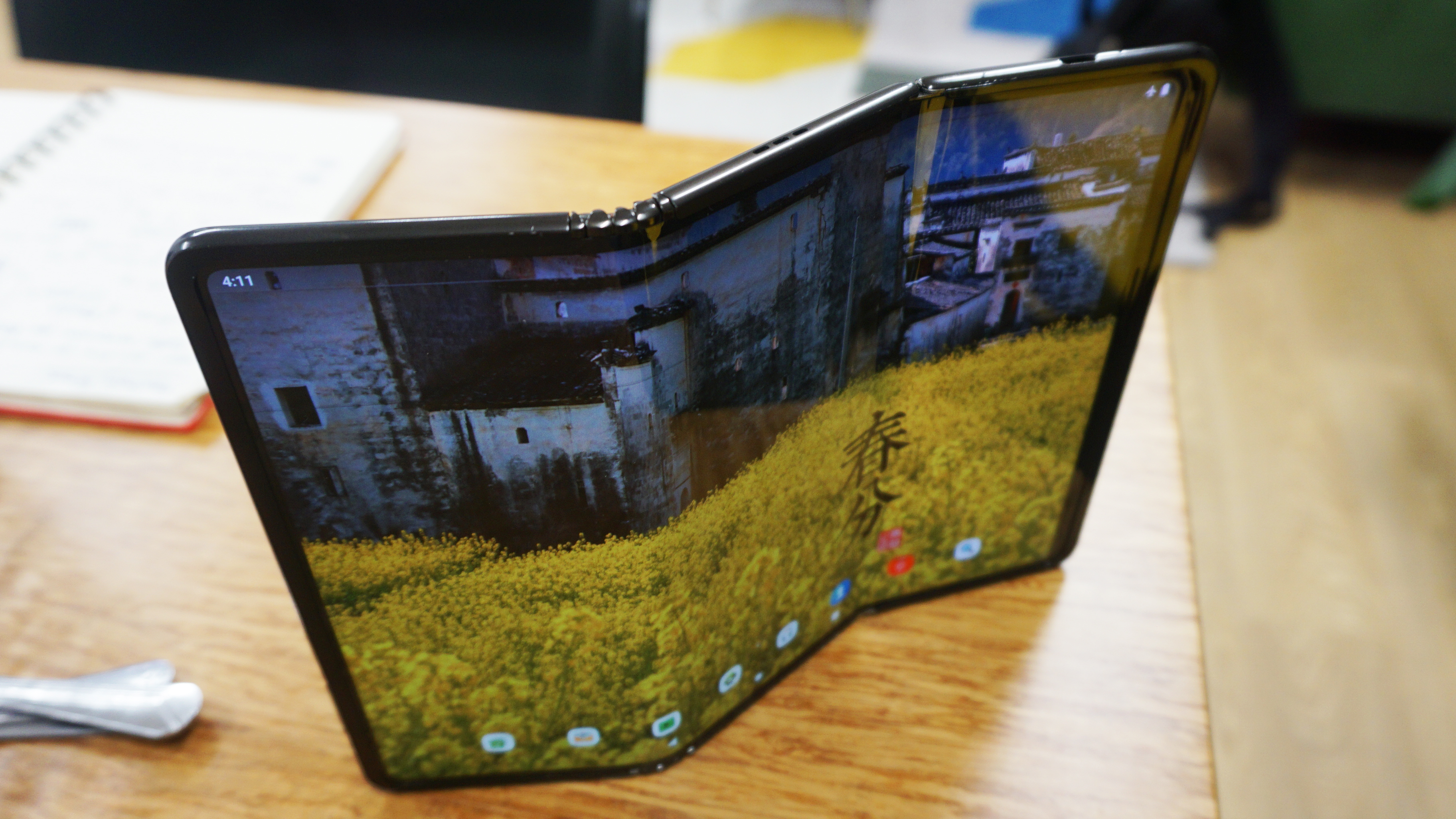
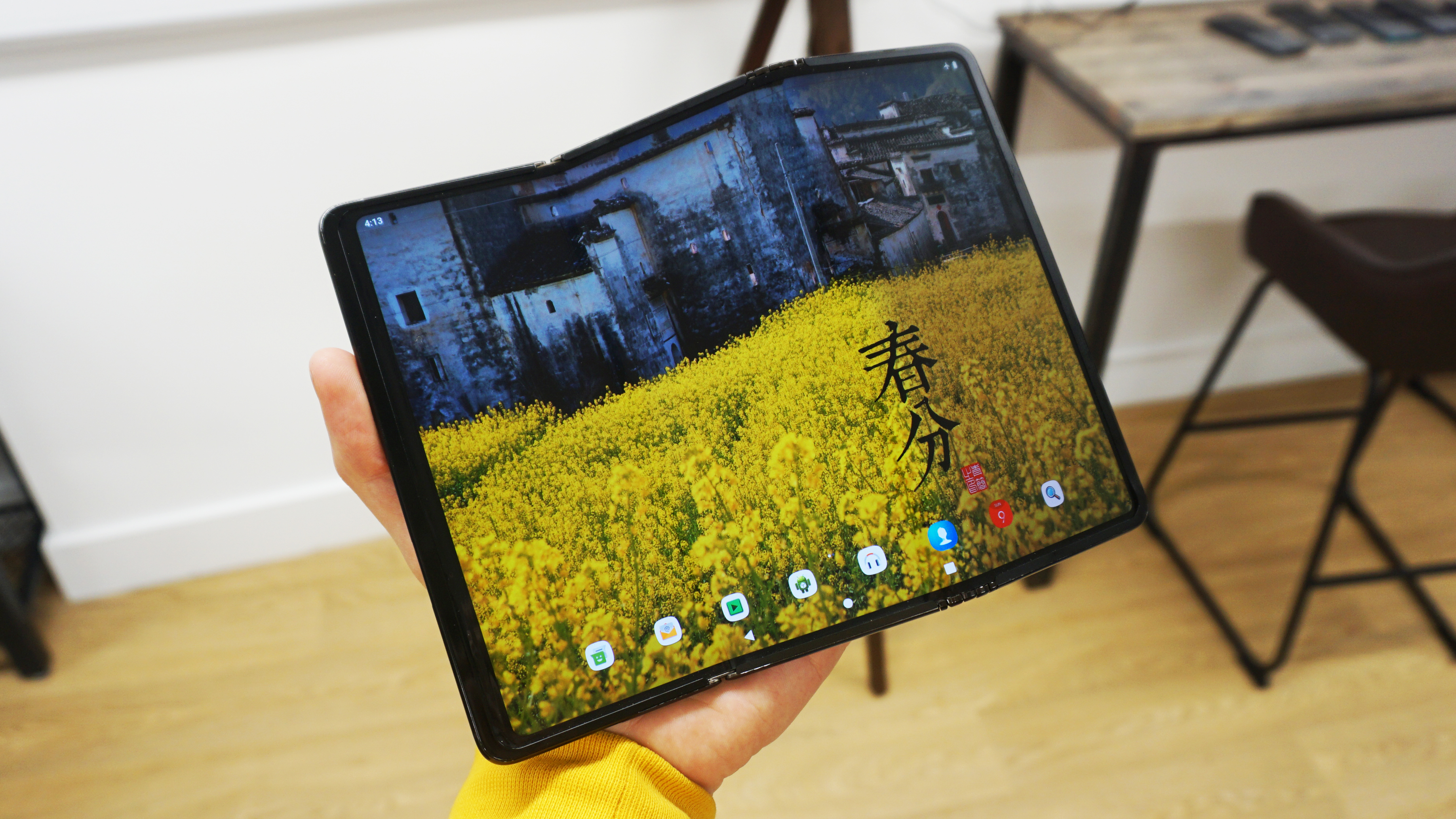
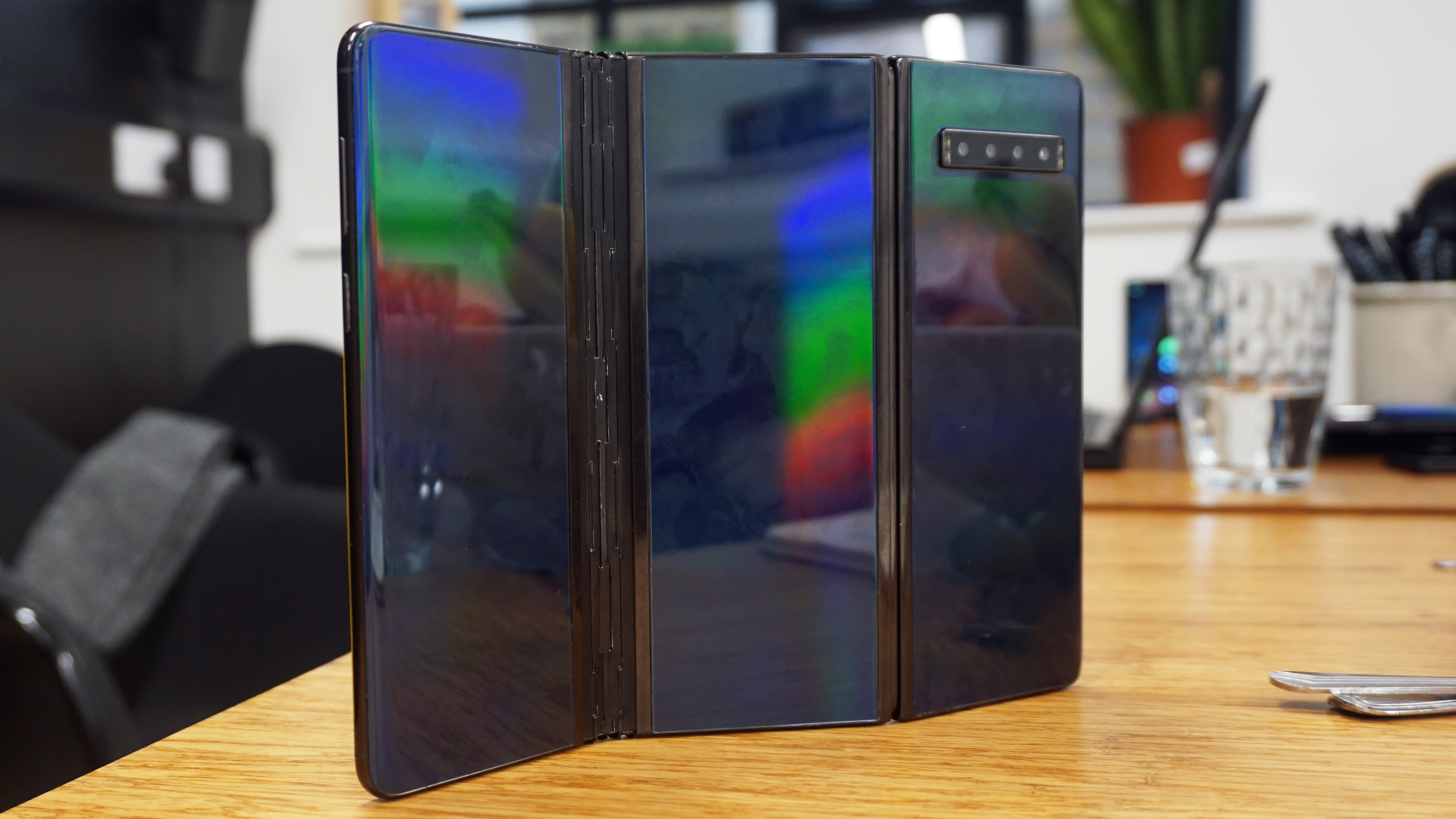
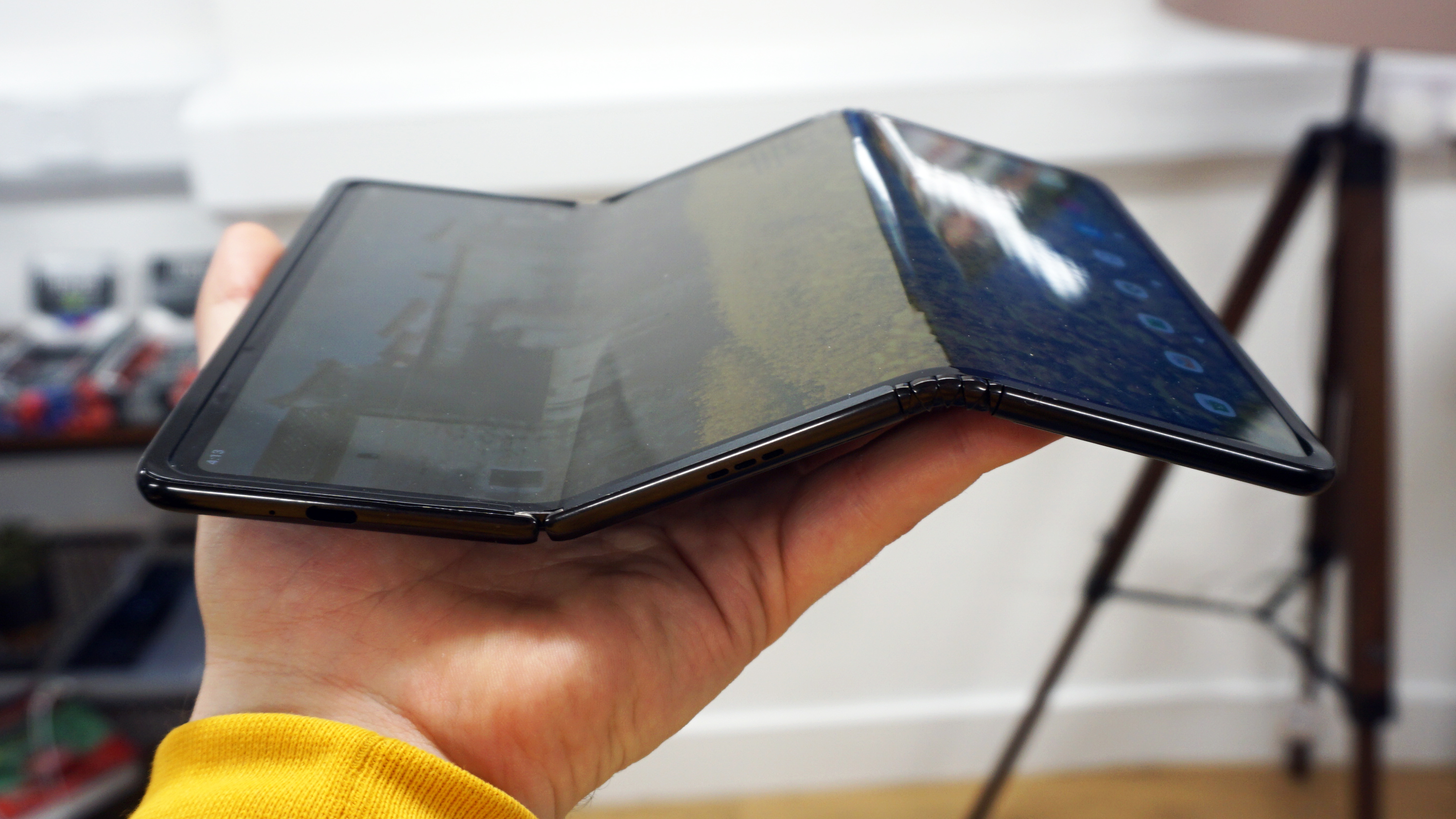
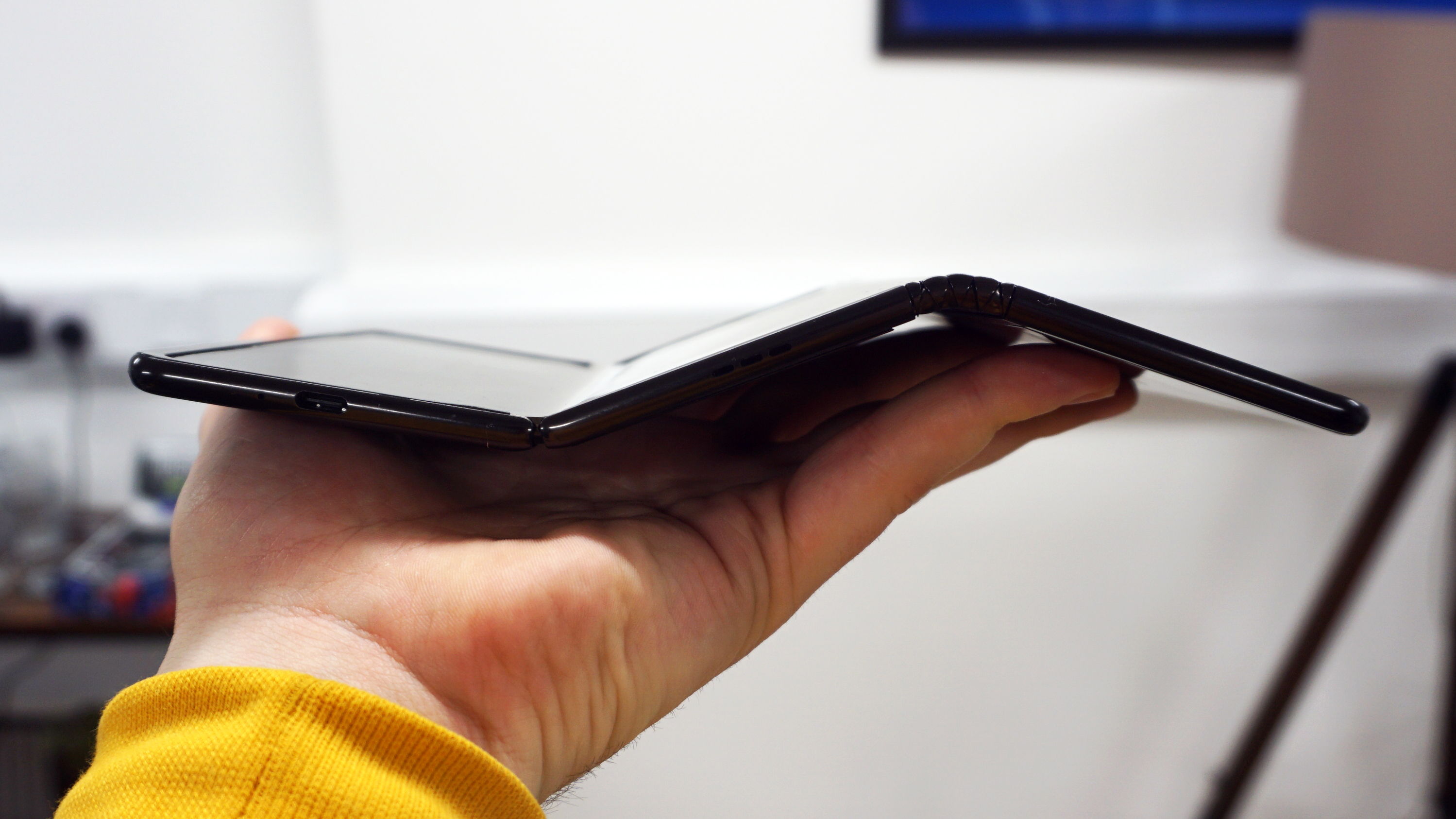
If you're looking for something a little more extreme, this TCL 'tri-fold' phone concept could tickle your fancy.
Instead of the one traditional hinge, this concept phone takes a bigger flexible display and sticks two hinges on it. The hinges fold in opposite directions and essential divide the 10-inch screen up into three sections.
Two of the sections fold into each other like a typical foldable, while the third section folds back - it's essentially a combination of 'innie' foldables like the Galaxy Fold with the 'outie' of the Huawei Mate X. This combo design allows it, even while folded up, to present a typical smartphone-sized main display (6.65 inches in size, with a 20.8:9 aspect ratio and 3K resolution) to still show and use like a typical handset - even if it is extensively thick when folded so.
The ability to have a much tablet-sized screen in the footprint of a very dense smartphone is appealing, however the fact that this particular device is three phones thick (and rather heavy) when it's folded up could be worrying for pockets around the world.
However, for those wanting a more portable, bigger screen, the increased thickness is likely an acceptable trade-off.

Unlike the pull-out concept above, this dual-hinged foldable phone was actually functional. We were able to bring up apps on screen, navigate around the interface (which was running Android 9) and snap some pictures via the four rear cameras.
However, due to the fragile nature of this particular concept, we were only able to fold the screen flat and into phone mode in our second viewing of the phone, indicating that these are very much concept devices, not handsets which are ready to hit the market anytime soon.
TCL bills this particular reference design as a tablet you can fit in your pocket. While that's technically true, you'd need sizable pockets and a supportive waistband to ensure your pants aren't down by your ankles.
When can I get a TCL foldable phone?
TCL hasn't been shy about its desire to bring a foldable phone to market, but it's also in no rush to get something on sale this year. It's content for now to sit back, see what others do and refine its designs.
As for the complex concept form factors we see above, TCL says "in the next couple of years – you'll probably see something like this from us. It's going to be a few years before [these designs are] anywhere near mainstream. [We're] still in the early days of all this."
Another point to consider - on top of durability and a worthwhile form factor - is price. Currently, foldable phones carry huge price tags making them a luxury purchase for those who already have everything, rather than a mainstream commodity.
TCL is "looking at bringing the foldable price down", which is part of the reason it has quite so many concept designs in the works. The company has previously pledged to bring an "affordable" foldable phone to market, but we're yet to get a release date or any information on a launch.
Whether or not we see either of the foldable form factors shown here come to market remains to be seen, but the future certainly looks foldable. We could finally see a return to mobile design experimentation after years of black, rectangular slabs. Fold yeah!

TechRadar's former Global Managing Editor, John has been a technology journalist for more than a decade, and over the years has built up a vast knowledge of the tech industry. He’s interviewed CEOs from some of the world’s biggest tech firms, visited their HQs, and appeared on live TV and radio, including Sky News, BBC News, BBC World News, Al Jazeera, LBC, and BBC Radio 4.